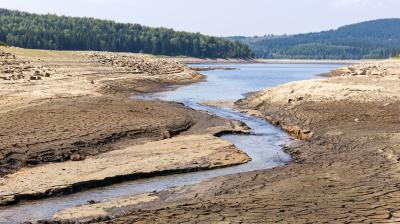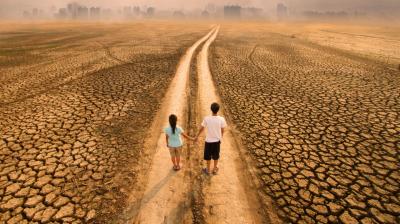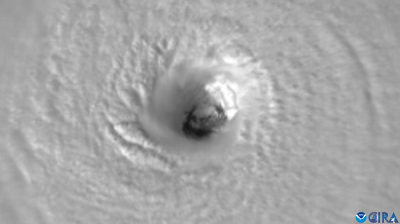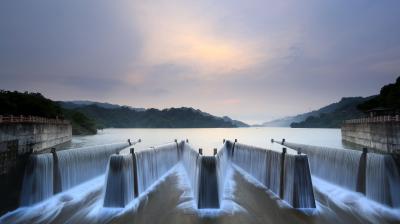WMO Bulletin: Early Warning and Anticipatory Action
The newly published WMO Bulletin complements the theme of World Meteorological Day “Early Warning and Early Action Hydrometeorological and Climate Information for Disaster Risk Reduction” and informs discussion ahead of this May’s Global Platform for Disaster Risk Reduction in Bali, Indonesia.
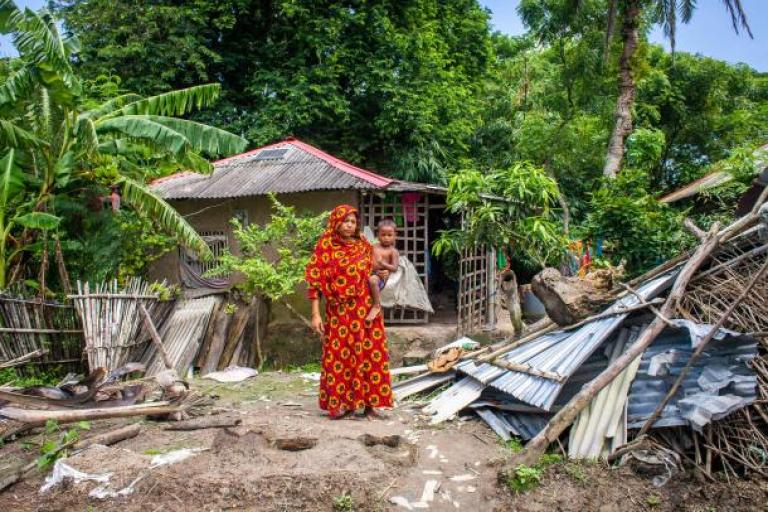
The newly published WMO Bulletin complements the theme of World Meteorological Day, “Early Warning and Early Action,” and seeks to inform discussion ahead of this May’s Global Platform for Disaster Risk Reduction in Bali, Indonesia.
The Bulletin focusses on “Early warning and anticipatory action” with articles on harnessing technology and services, risk to resilience, the Global Multi-hazard Alert System, the WMO-UNDRR Centre of Excellence and on gender equality in the context of disaster risk reduction.
“Over the past 50 years (1970-2019), a weather, climate or water-related disaster has occurred on average almost every day – taking the lives of 115 people and causing US$ 202 million in losses daily. The number of recorded disasters increased by a factor of five over that 50-year period, driven by human-induced climate change, more extreme weather events and improved reporting. Thanks to better warnings, the number of lives lost decreased almost three-fold over the same period because of better weather forecasts and proactive and coordinated disaster management,” writes WMO Secretary-General Prof. Petteri Taalas in the foreword.
“Early Warning Systems provide more than a tenfold return on investment, a 24-hour warning of a coming storm or heatwave can cut the ensuing damage by 30%. Spending US$ 800 million on such systems in developing countries would avoid losses of US$3–US$16 billion per year. And yet, despite these known great benefits, one in three people globally is still not covered by early warning services – that proportion is almost twice as high in Africa. Vulnerable people are disproportionately affected,” writes Prof. Taalas.
Articles are as follows:
Harnessing Earth System Science, Technology and Services to reduce Disaster Risk – WMO contributions: The hydrometeorological and disaster risk reduction communities need to continue to work together to understand the complexities and trade-offs of risks, to better predict compound and, at times, cascading hazards, and, critically, to enable effective action to reduce the impacts of natural hazards and, thus, mitigate impending disasters.
Risk to Resilience: Climate change, disasters and the WMO-UNDRR Centre of Excellence: WMO and the United Nations Office for Disaster Risk Reduction (UNDRR) have strengthened their relationship in several areas of work, including the creation of a joint Centre of Excellence for Climate and Disaster Resilience. Coll
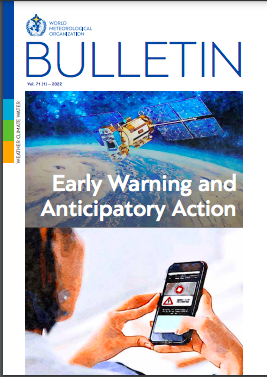
aboration between WMO and the Disaster Risk Management communities is becoming ubiquitous across WMO activities.
The Global Multi-Hazard Alert System Framework – Supporting alerting capacities of Members in the climate crisis: WMO is working to strengthen alerting capababilies and close the early warning coverage gap. This aims to strengthen connections between EWSs and decision-making processes – and trust in and collaboration among the people behind the systems and processes – across a range of time and spatial scales. The Framework will support disaster risk reduction, preparedness and response – that is, action to save lives and livelihoods – and thus protect development gains in regions repeatedly battered by high-impact events.
Gender equality in the context of multi-hazard early warning systems and disaster risk reduction: The impacts of severe hydrometeorological events are not gender neutral. Gender, along with class, race, age and other intersecting social identities, contributes to shaping the roles, power and resources available to women, men and non-binary in any culture, including the resources necessary for resilience.
Artificial Intelligence for Disaster Risk Reduction: Opportunities, challenges, and prospects: Artificial intelligence, in particular machine learning, is playing an increasingly important role in disaster risk reduction – from the forecasting of extreme events and the development of hazard maps to the detection of events in real time, the provision of situational awareness and decision support, and beyond.
Communicating for Life-saving Action: Enhancing messaging in Early Warnings Systems: WMO promotes two widespread complementary practices that strengthenEWSs with an emphasis on improving messaging for action:
- The international standard Common Alerting Protocol (CAP) for communicating the key facts for any kind of emergency over all available media.
- Impact-based Forecasting and Warning Services (IBFWS), that is to say public messaging focused on the exposure and vulnerability of people in harm's way.
Stepping Up Support to the UN and Humanitarian Partners for Anticipatory Action: WMO is enhancing and broadening its support to UN and humanitarian agencies. The WMO Coordination Mechanism will harness the important underpinning contributions from WMO Members to further support humanitarian action. A component of this work is receiving generous support from Switzerland through MeteoSwiss.
Regional trends in extreme events in the IPCC 2021 report: This summary is based on the Intergovernmental Panel on Climate Change (IPCC) Working Group 1 contribution to the 6th Assessment Report (AR6): “Climate Change 2021: The Physical Science Basis. Around one third of the report is dedicated to regional climate information, with an assessment of observed and projected changes in climatic impact-drivers which are physical climate system conditions (e.g., means, events, extremes) that affect an element of society or ecosystems.
After Action Reviews – learning from experience to improve systems and partnerships and to connect with finance: Tropical Cyclone Idai was the costliest and deadliest storm on record for the South Indian Ocean basin and one of the most destructive tropical cyclones on record in Africa and the southern hemisphere. In May 2019, WMO carried out an After Action Review (AAR) on the operation of the EWS to learn the lessons from Idai in preparation for the next extreme event that might put lives at risk.
The AAR specifically covered the requirements and capabilities of the National Meteorological and Hydrological Service (NMHS) and their coordination with the National Disaster Management authority for an end-to-end Multi- Hazard Early Warning System (MHEWS) in the context of disaster risk management. The Idai AAR serves as a good exemplar of AAR practice and helps us to understand their value in identifying structural and capacity gaps, for learning from experience, for improving partnerships and for pinpointing financial requirements.
Download the Bulletin from the WMO Library here



